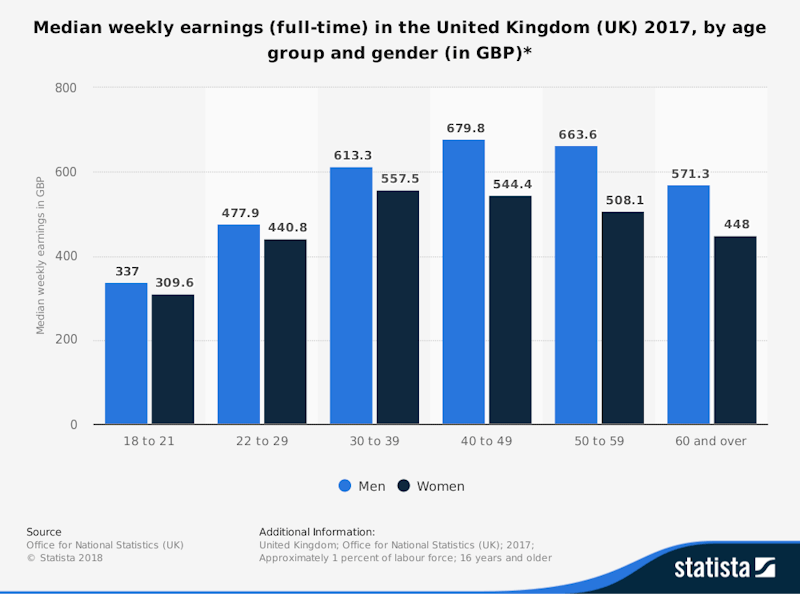Topic Videos
Gender Pay Gap (Labour Markets)
- Level:
- AS, A-Level, IB
- Board:
- AQA, Edexcel, OCR, IB, Eduqas, WJEC
Last updated 10 Feb 2019
The gender pay gap is the measured difference between male and female earnings, usually expressed as a percentage of male earnings. In the UK, the gender pay gap across all full-time and part-time work is around 20%.

Data on the UK gender pay gap
In April 2017, the gender pay gap based on median hourly earnings for full-time employees decreased to 9.1%, from 9.4% in 2016. This is the lowest since the survey began in 1997.
What factors explain a persistent gender pay gap?
Notes on some of the factors explaining the gender pay gap
- Breaks from the labour market
- When women take maternity leave to raise a family, it often becomes harder to achieve promotion when re-entering the jobs market. This has an impact on earnings potential in the latter stage of a career.
- Age at which many women take a break from the labour force is often the point when careers take off and wages rise at a fast pace
- Access to education: In many lower and middle income countries, opportunity for women to take qualifications and gain experience is limited, this is affected by social norms and high fertility rates
- Patterns of employment: In developed countries:
- Women are disproportionately represented in part time work
- Many females tend to be clustered in service occupations that pay less – e.g. clerical, caring, catering, cleaning
- Many women work in vocations where wages are relatively lower e.g. primary schools and the care sector
- Gender pay gap remains affected by continued employer discrimination
- Increased female participation rates in economies has increased the supply of labour which may have contributed to lower relative wages
You might also like
Labour Market Failure (Revision Presentation)
Teaching PowerPoints

Bargaining Clout of Employers - Monopsony Power
31st May 2015

Highest and Lowest Paid Cities in the UK
23rd February 2016

Monopsony - Pay Penalty for Zero Hours Contract Workers
30th December 2016

What's behind low productivity and flatlining pay?
30th June 2017
Empowering women as a driving force for development
21st September 2018
Efficiency Wages
Study Notes
What is meant by a tight labour market?
Study Notes
Daily Email Updates
Subscribe to our daily digest and get the day’s content delivered fresh to your inbox every morning at 7am.
Signup for emails